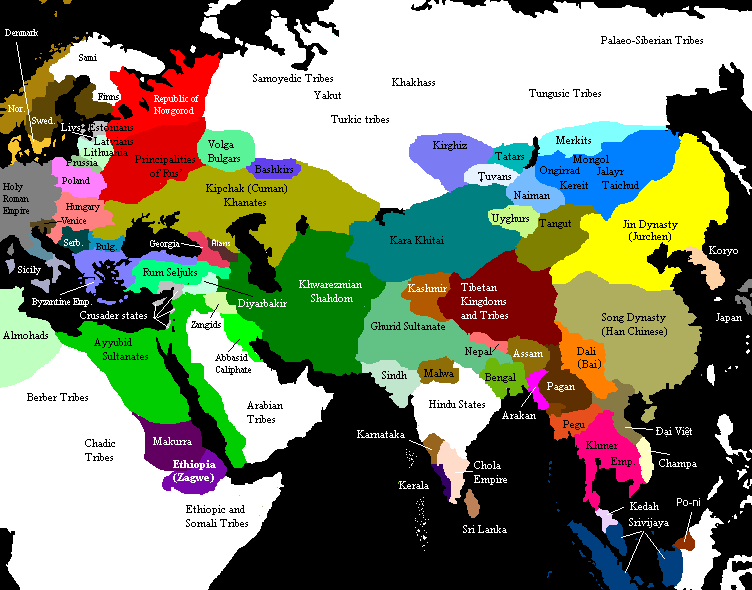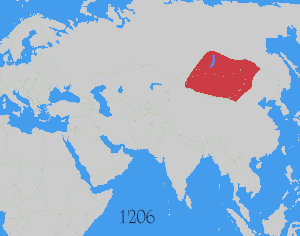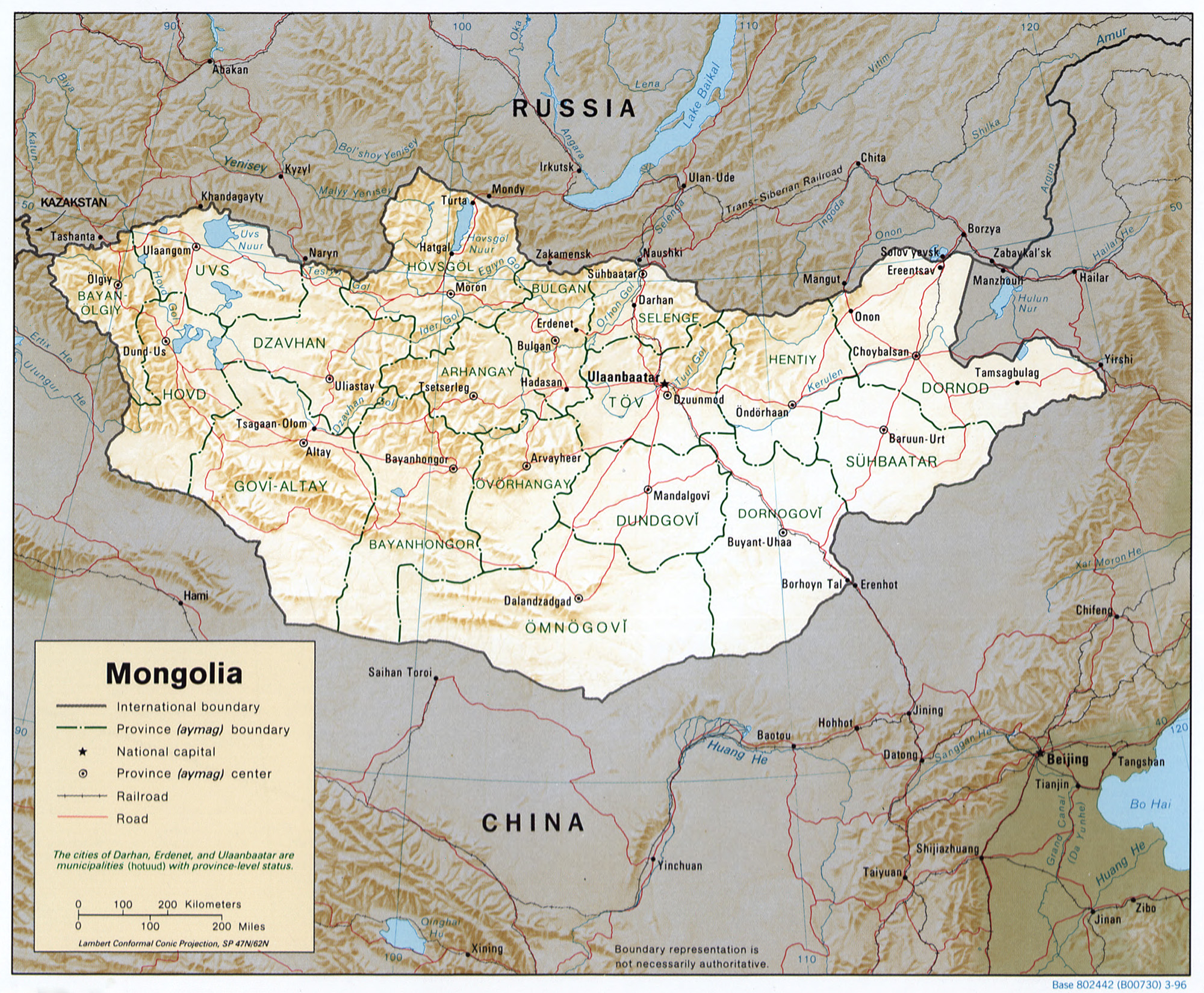It
had taken time to establish Mongol dominance over the expanse of Persia. The
value of Persian jewels, gold and silver as bounty was beyond calculation. In
addition border countries like Uzbekistan had also provided the Khan with more wealth.
Transporting that treasure safely back to the Karakorum , the Mongol capital,
was a major undertaking requiring much planning with many trips and soldiers
for protection .
Once that operation was underway, Genghis Khan being both wise
and shrewd returned to his conquests of new lands. Making sure that his
army was totally organized as well as disciplined was his first priority. To ensure
that the army was thus prepared he delegated the tasks to his officers.
Subutai
was the foremost General and military strategist in Genghis Khan’s army. Like
the Great Conqueror he was born near the Onon River and had known him all his
life. As a result he was the most trusted advisor of the Mongol ruler.
Subutai
convinced Genghis Khan to lead part of his army to Afghanistan and then on to
India. Subutai with another General Jebe would take the remaining force towards
the West. He had learned much about siege weaponry from Chinese and Muslim
engineers and saw the great advantage of its utilization in battle.
So
it was that Subutai and Jebe took their troops into Persian Iraq. The nations
of Azerbaijan and Armenia were the next to fall. Later after being stymied by
the Bulgars, they headed into the Georgia where they staged a successful raid
utilizing brilliant tactics. Moving through the Caucasus Mountains Subutai and
Jebe then they targeted Russian Kiev. In a major battle there they defeated and
killed the Prince of Kiev and several other Russian princes with allied
territories.
Their
spoils were immense sending even more enormous quantities of gold, silver and
jewels to Karakorum. After securing rule over these lands and the promises of huge
annual tributes, the Generals headed back to rejoin Genghis Khan.
Enter to win one of twenty-five copies of my soon to be released historical e novel “The Guardian of Genghis Khan’s Tomb” by clicking






